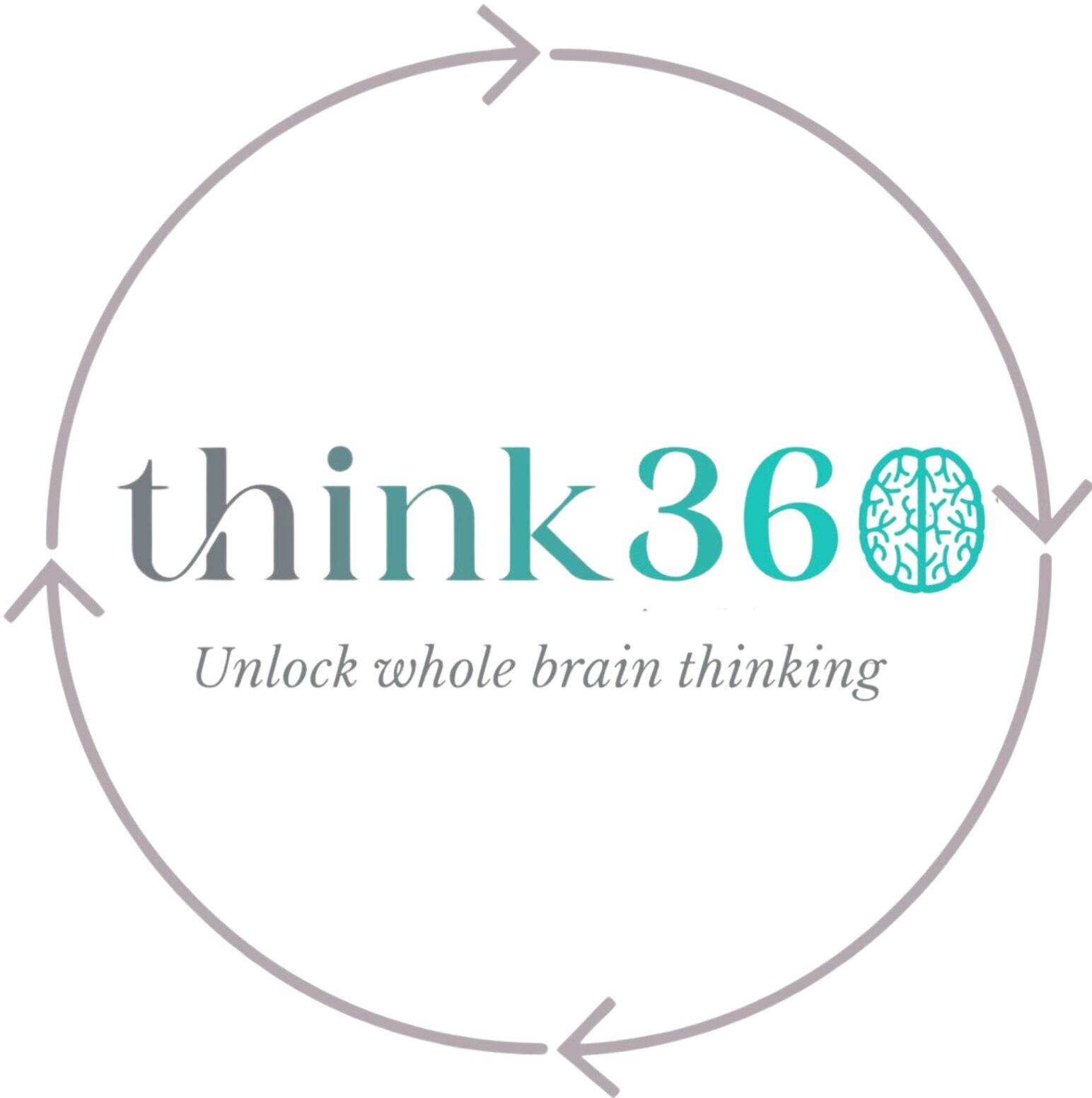Ever feel like you and your partner are speaking different languages—even when you’re both trying your best? That might not be a relationship problem… it might be a thinking preference difference.
I’m a passionate advocate for marriage. Honestly, I come from a divorced home, and for a long time, I didn’t believe that marriage was for life—or even necessary. That is, until I met my husband.
Over the years, we’ve had our share of misunderstandings, disconnection, and arguments. But I can confidently say that twenty-five years, two kids, and three countries later, we’re still writing our love story.
What keeps us going?
Understanding how someone thinks is one of the greatest gifts you can give them—and yourself. This is especially true in intimate relationships. Knowing your partner’s Brain Profile can be a game-changer when it comes to communication, connection, and emotional intimacy.
What Is a Brain Profile?
The NBI Brain Profile doesn’t test intelligence or personality—it simply highlights how someone prefers to think, process information, solve problems, and communicate. Some people prefer structure and routine. Others thrive on spontaneity and new ideas. Some are deeply factual, while others are all heart. When two people come together with very different profiles, it’s easy to misread each other’s intentions, reactions, or communication styles. But when we understand each other’s wiring, we gain compassion—and a powerful toolkit for improving the relationship.
Here’s How It Helps in Real Life
1. Fewer Misunderstandings
Let’s say one partner prefers facts, logic, and direct communication (L1), while the other values emotional connection and storytelling (R2). Without understanding this, they might frustrate each other unintentionally:
“Just get to the point!” vs. “You never listen to how I feel!”
Knowing each other’s preferences helps both partners adjust and meet halfway.
2. Better Conflict Resolution
Disagreements are natural. But how we approach conflict can either bring us closer—or push us apart.
- A partner with a strong R1 preference might need time to reflect, imagine alternatives, or cool off creatively.
- A strong L2 partner may want a structured plan and clear next steps.
Understanding these differences stops conflict from becoming personal—and helps you resolve it constructively.
3. Deeper Emotional Intimacy
When your partner feels seen—for how they think and how they express themselves—it builds safety and trust.
Instead of saying, “Why are you overreacting?”, you can think, “Ah, that’s how your brain works.” That’s when emotional intimacy deepens. That’s when walls come down.
4. Appreciating Differences Instead of Resenting Them
Opposites can attract—but they can also rub each other the wrong way!
- One partner might need spontaneity and freedom (R1), while the other thrives on structure (L2).
- One wants to talk everything through (R2); the other needs space and logic (L1).
Understanding your partner’s profile helps you shift from “why are you like this?” to “how can I support you?”
Our Story
After doing both my husband’s and my own brain profile, we can now clearly see why we react the way we do—and what tends to trigger us.
My husband is a strong R2 thinker: a true people-person who carefully considers his words and always responds with empathy. I, on the other hand, am L1 dominant. I’m a no-nonsense communicator—I value clarity and directness.
Can you see how that might create tension?
Now, when we’re making important decisions or having serious conversations, I make a conscious effort to watch my tone and express myself in a way that doesn’t feel like an attack—so he doesn’t feel the need to get defensive. In return, he’s become more direct when talking to me, making clear, to-the-point statements.
It’s still a learning curve (every day!), but this understanding has genuinely strengthened our marriage and created a safe environment where we can tackle life confidently, knowing we have each other’s back.
Final Thought
Strong relationships aren’t built on being the same—they’re built on understanding, communication, and the ability to navigate differences with love and care. Getting to know each other’s brain profiles gives couples the insight to do just that. Whether you’re newly dating, married for years, or navigating a new season together—this simple tool can make a world of difference.
Because when we understand each other better, we love each other better.


